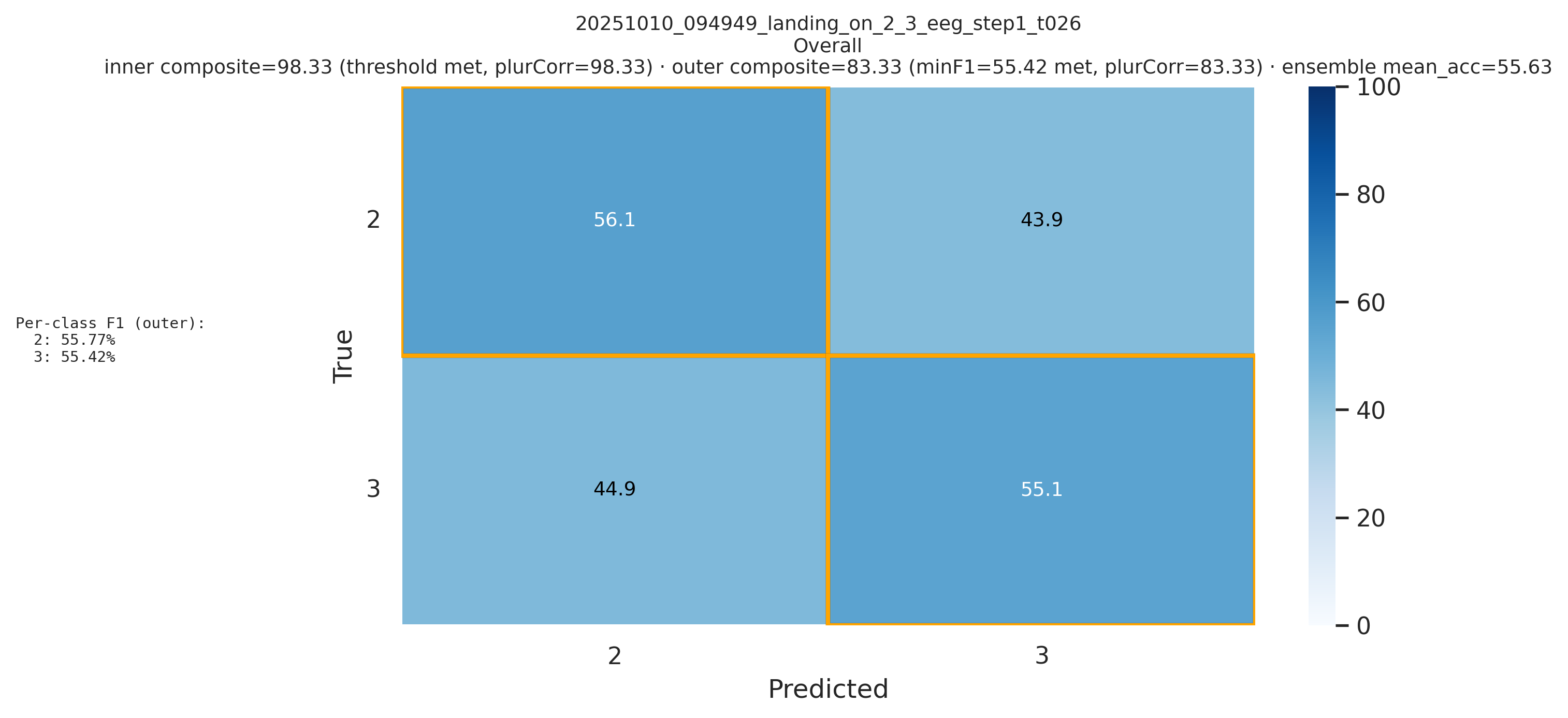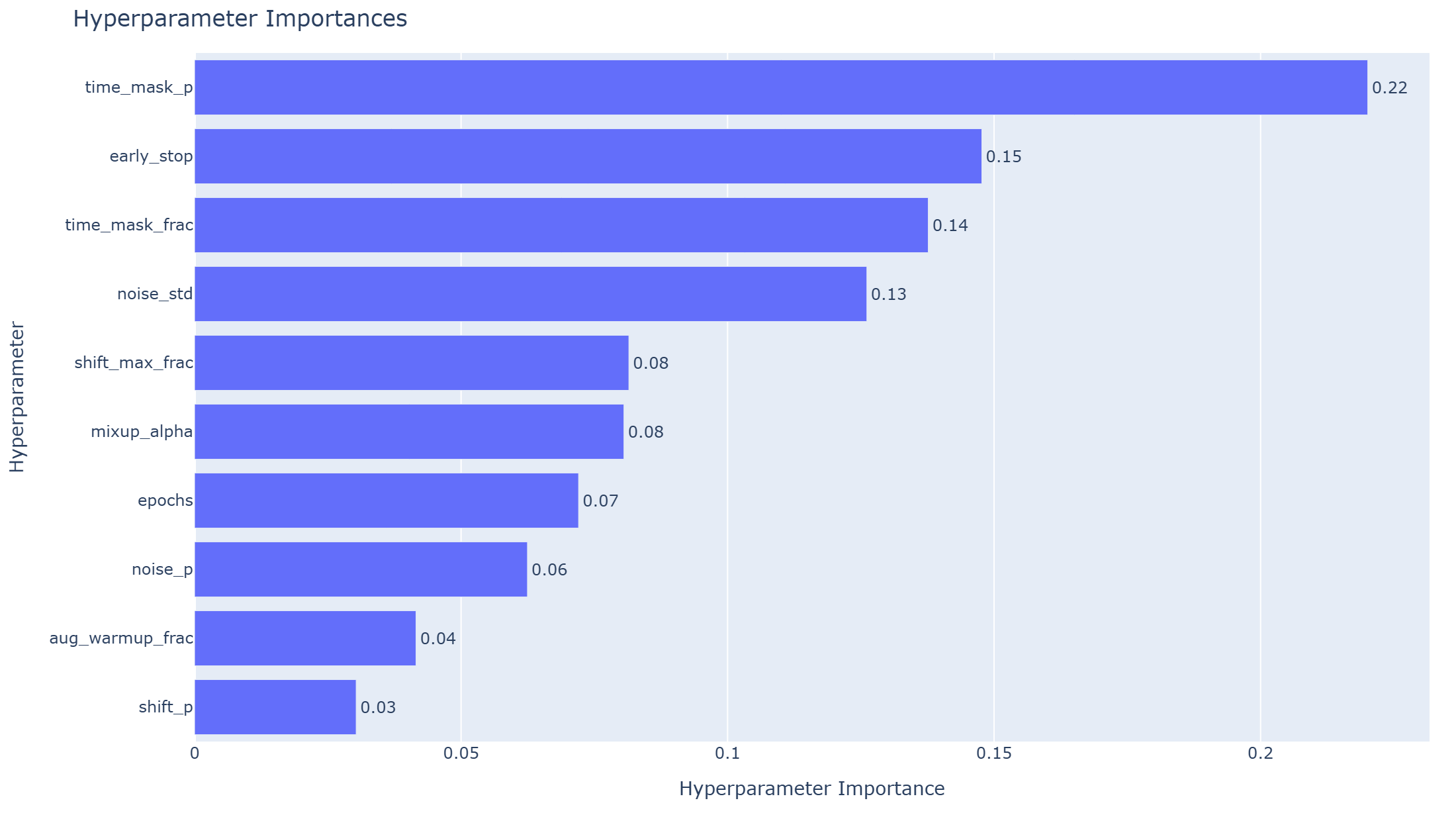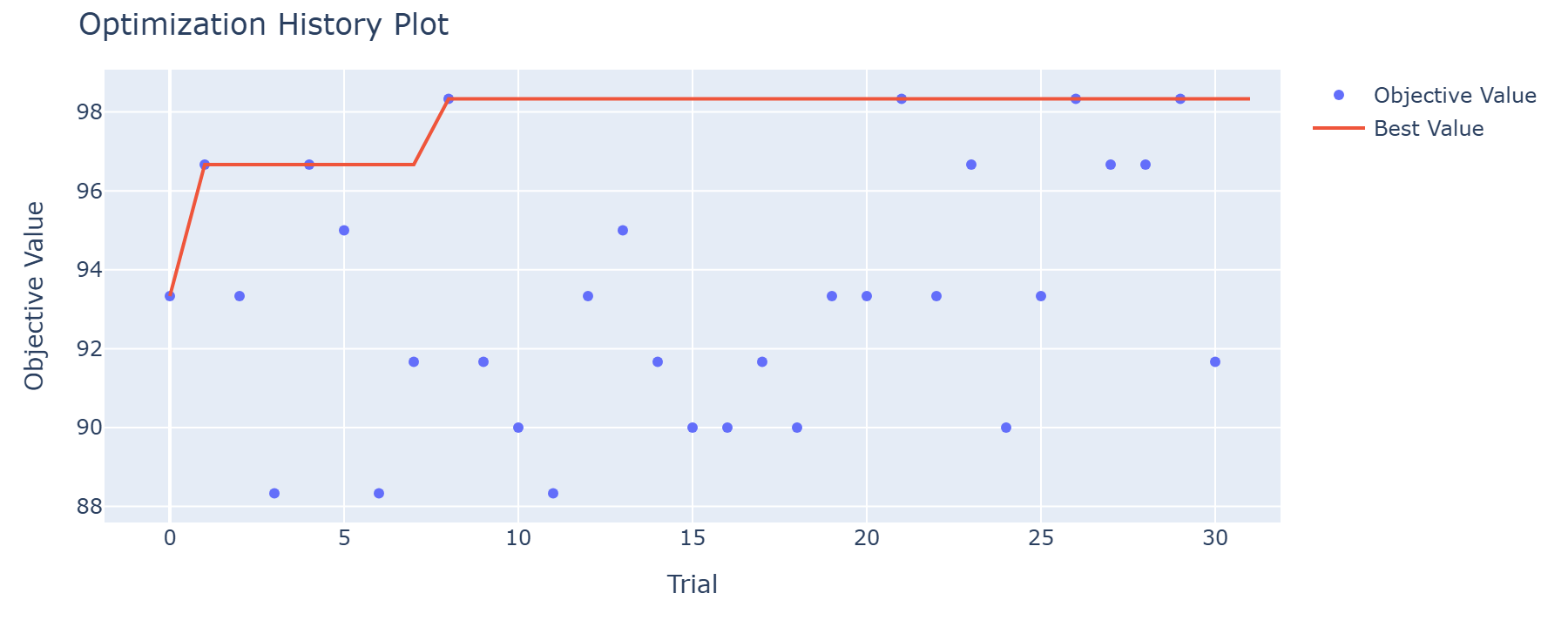Decoding EEG Data with Machine Learning
What it is:
A decoder of EEG brain signals using machine learning.
What we did:
- Built a configurable training pipeline supporting multiple neural network architectures (CNN, Hybrid CNN-Transformer, Dual-Stream, EEGNet variants, and T-TIME)
- Created automated hyperparameter optimization using Optuna with search spaces
- Decoded brain data, results suggest distinct neural signals for different experimental conditions
- View project on GitHub
Read Full Project Details...
Scientific Motivation
Numerical cognition research proposes two core systems: Parallel Individuation (PI) for precise tracking of 1–3 items and the Approximate Number System (ANS) for ratio-based estimation of larger sets. We explore whether single-trial EEG can reveal that transition boundary and identify which numerosities have distinct neural signatures.
Dataset & Study Background
We re-analyze a 128-channel EEG dataset (N=24, 6,480 trials) collected at Teachers College, Columbia University. Participants performed an oddball task (1–6 dots) detecting numerical changes. Earlier ERP work (Tang-Lonardo, 2023) showed N1 amplitudes scale with small numbers while later components mirrored reaction times. We test whether those effects are decodable.
Pipeline Overview
- Leak-free Leave-One-Subject-Out evaluation with staged Optuna searches and composite objectives.
- Multiple decoding targets: cardinality ranges (PI vs ANS), specific landing digits, and change/no-change contrasts.
- Standardized artifacts: confusion matrices, hyperparameter histories, and channel/time attributions to interpret model decisions.
Findings
- PI range (1–3): A three-way classifier performs above baseline chance levels, with “1” consistently the easiest digit to decode.
- Binary contrasts (e.g., landing on 2 vs 3): Achieve above-chance classification, demonstrating separable neural patterns even for adjacent small numerosities.
- Hyperparameter importance studies highlight temporal masking as critical for generalization across subjects.
Why It Matters
Above-chance decoding indicates that EEG contains information about both numerical ranges and individual landing digits. Mapping when performance breaks down helps us infer how the brain transitions from object tracking (PI) to approximate magnitude encoding (ANS)—knowledge that informs theories of early mathematical learning.
Next Steps
- Extend tasks to ratio judgments, parity, and combined cardinality + landing digit decoding.
- Continue explainability studies to link successful classifications with specific cortical regions.
-
Publish polished figures and run logs in the GitHub repo.
</div>
</details>


